The Writer’s Guide to Types of Metals

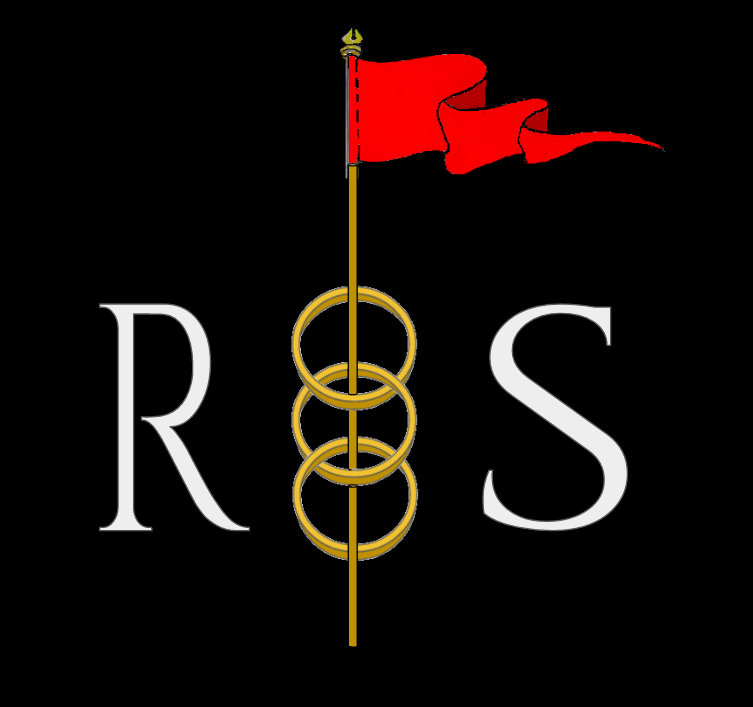
The metal used in the forging process is just as important as the item being made. Poor quality will cause bent blades or dull tools. Today, I will explore the most common metals found on our planet and some of their history. This is not an exhaustive list and does not mean you cannot make up your own metals for your world.
As always, magic is the exception to the rule. Because magic.
Naturally Occurring Metals
Gold – A “free” metal that can be found in caves and rivers, gold was the first worked by humans according to the earliest records. [1] This metal occurs naturally around the world and was used by many ancient civilizations for jewelry and other decorations, including those in Egypt, India, the Middle East, and North and South America. [2] Once it is extracted, gold is refined to remove impurities. Refining involves heating the metal to a molten state and skimming off the slag that rises to the surface. Gold can also be mixed with other metals to form an alloy and can only be tempered through work hardening.

Image source.
Silver – Like gold, silver is a naturally occurring metal that can be found in the earth’s crust. It can also form an alloy with other metals. Silver is a byproduct of refining gold, copper, lead, and zinc. Throughout history, it was mainly used as ornamentation or currency and was in use in Europe, Asia, and the Middle East. [3] It also became a critical component of early photography because of its photosensitivity.

Copper – This was the first metal that was smelted, around 5,000 B.C., and cast into shape, around 4,000 B.C. [4] It was also the first to be successfully used to create weapons, although it was also used decoratively. It could only be tempered by work hardening and could be combined with other metals to form alloys. Most commonly, it was mixed with tin to form bronze. The earliest evidence of worked copper is a pendant that dates from 8,700 BCE and was found in northern Iraq. [5]
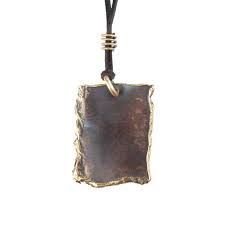
Image source.
Iron – Iron in a metallic state is rare on earth but can be found in abundance within iron ores. The primary source of metallic iron is meteorites, which were prized by ancient civilizations. A dagger made of meteoric iron was found in the tomb of the pharaoh Tutankhamun. [6] Removing iron from ore is known as smelting and requires kilns or furnaces that can reach a temperature of 2,730 ° F (1,500° C). After that, iron can be worked hot in a forge. The earliest evidence of iron working has been found in Mesopotamia and Syria and dated between 3,000 and 2,700 B.C. [7]
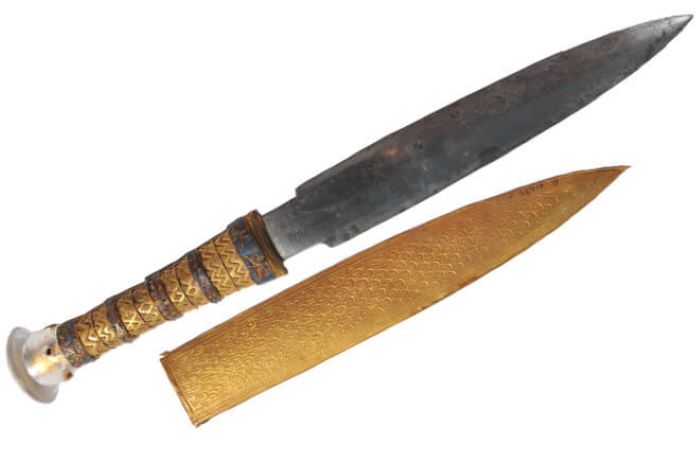
Tin – This metal is soft and malleable and can be bent with little effort. There are few artifacts that have been found made solely of tin since most tin was mixed with copper to form bronze. Tin is unevenly dispersed around the globe with the richest source being Europe, most notably the border region between Germany and the Czech Republic, the Iberian Peninsula, Brittany in France, and southwestern Briton. There is evidence of trade in tin from Cornwall by the Late Bronze Age. [8]
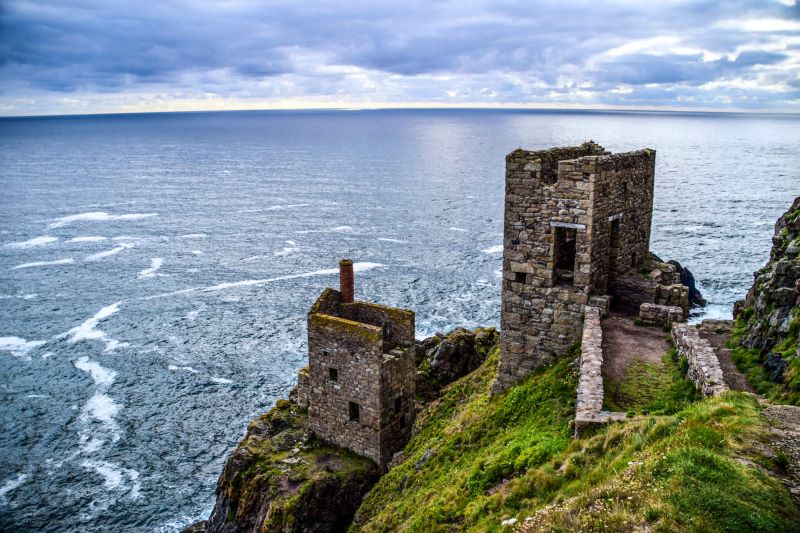
Lead – Lead is a soft and easily worked metal, but as a heavy metal, it is denser than others. This metal is easily extracted from ores and is a byproduct of silver smelting. [9] It was used by the ancient peoples of the Middle East and throughout history lead has been used in plumbing, bullets and shot, batteries, making pewter, and cosmetics.

Alloys
Bronze – Bronze is a mixture of copper and most commonly tin, although arsenic, aluminum, manganese, nickel, or zinc could also be used. It is harder than copper, more resistant to corrosion, and has a lower melting point, making it easier to melt and cast. [10] Bronze cannot be tempered with heat but must be work hardened. This metal was a game changer for ancient civilization because it could be crafted into harder and more durable tools, weapons, and armor. The earliest bronze artifact comes from Serbia and dates to 4,650 B.C. [11]

Steel – This metal is an alloy of iron and carbon. There is evidence of limited production from Anatolia from as far back at 1,800 B.C. [12] Steel has high tensile strength and is low cost to produce. The use of the bloomery smelter and crucibles were developed as the best method to process steel and the early masters were in Sri Lanka. They were using these advanced methods by the 6th century BC. [13] This steel was known as Seric Iron or Wootz steel and it was exported to the Romans, Egyptians, Arabs, and Chinese. [14] Later it was called Damascus and is still prized today for its durable sharp edge. Eventually, the knowledge of how to create steel spread throughout the Old World, across Asia, the Middle East, Africa, and Europe.
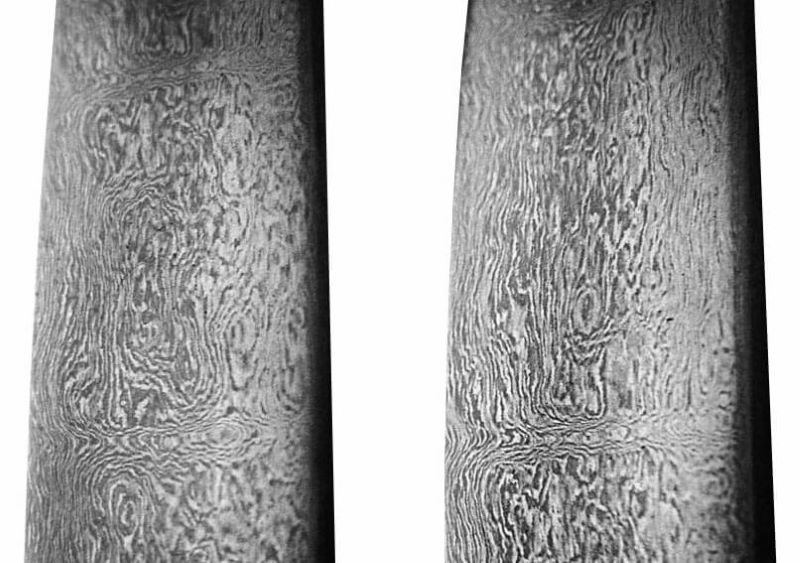
I hope this was helpful. Let me know if you have questions or suggestions by using the Contact Me form on my website or by writing a comment. I post every Friday and would be grateful if you would share my content.
If you want my blog delivered straight to your inbox every month along with exclusive content and giveaways, please sign up for my email list here.
Let’s get writing!
Copyright © 2022 Rebecca Shedd. All rights reserved.
[1] “Mystery of the Varna Gold: What Caused These Ancient Societies to Disappear?”. [2] Sutherland, C.H.V, Gold (London, Thames & Hudson, 1959) p 27 ff. [3] Readon, Arthur C. (2011). Metallurgy for the Non-Metallurgist. ASM International. pp. 73–84. ISBN 978-1-61503-821-3. [4] McHenry, Charles, ed. (1992). The New Encyclopedia Britannica. Vol. 3 (15 ed.). Chicago: Encyclopedia Britannica, Inc. p. 612. ISBN 978-0-85229-553-3. [5] Rayner W. Hesse (2007). Jewelrymaking through History: an Encyclopedia. Greenwood Publishing Group. p. 56. ISBN 978-0-313-33507-5.No primary source is given in that book. [6] Bjorkman, Judith Kingston (1973). “Meteors and Meteorites in the ancient Near East”. Meteoritics. 8 (2): 91–132. Bibcode:1973Metic...8...91B. doi:10.1111/j.1945-5100.1973.tb00146.x.2,730 [7] Weeks, Mary Elvira; Leichester, Henry M. (1968). "Elements known to the ancients". Discovery of the elements. Easton, PA: Journal of Chemical Education. pp. 29–40. ISBN 0-7661-3872-0. LCCN 68-15217. [8] Pernicka, Ernst; Lockhoff, Nicole; Galili, Ehud; Brügmann, Gerhard; Giumlia-Mair, Alessandra R.; Soles, Jeffrey S.; Berger, Daniel (26 June 2019). "Isotope systematics and chemical composition of tin ingots from Mochlos (Crete) and other Late Bronze Age sites in the eastern Mediterranean Sea: An ultimate key to tin provenance?". PLOS ONE. 14 (6): e0218326. Bibcode:2019PLoSO..1418326B. doi:10.1371/journal.pone.0218326. ISSN 1932-6203. PMC 6594607. PMID 31242218. [9] Hong, S.; Candelone, J.-P.; Patterson, C. C.; et al. (1994). "Greenland ice evidence of hemispheric lead pollution two millennia ago by Greek and Roman civilizations" (PDF). Science. 265 (5180): 1841–43. Bibcode:1994Sci...265.1841H. doi:10.1126/science.265.5180.1841. PMID 17797222. S2CID 45080402. [10] James E. McClellan III; Harold Dorn (2006). Science and Technology in World History: An Introduction. JHU Press. ISBN 978-0-8018-8360-6. p. 21. [11] Radivojević, Miljana; Rehren, Thilo (December 2013). "Tainted ores and the rise of tin bronzes in Eurasia, c. 6500 years ago". Antiquity Publications Ltd. Archived from the original on 2014-02-05. [12] Akanuma, H. (2005). "The significance of the composition of excavated iron fragments taken from Stratum III at the site of Kaman-Kalehöyük, Turkey". Anatolian Archaeological Studies. Tokyo: Japanese Institute of Anatolian Archaeology. 14: 147–158. [13] Davidson, H. R. Ellis (1994). The Sword in Anglo-Saxon England: Its Archaeology and Literature. Woodbridge, Suffolk, UK: Boydell Press. ISBN 0-85115-355-0. [14] Srinivasan, Sharada (1994). "Wootz crucible steel: a newly discovered production site in South India". Papers from the Institute of Archaeology. 5: 49–59. doi:10.5334/pia.60.
It?s really a great and helpful piece of information. I am glad that you shared this helpful info with us. Please keep us up to date like this. Thanks for sharing.
LikeLike
There are definitely a lot of particulars like that to take into consideration. That could be a nice point to convey up. I supply the thoughts above as general inspiration however clearly there are questions like the one you carry up where the most important factor will likely be working in sincere good faith. I don?t know if best practices have emerged around issues like that, however I am positive that your job is clearly identified as a fair game. Each boys and girls feel the affect of only a second?s pleasure, for the remainder of their lives.
LikeLike
You made some respectable points there. I regarded on the internet for the problem and located most individuals will go along with with your website.
LikeLike
What i do not understood is in reality how you are now not really much more neatly-appreciated than you may be right now. You’re so intelligent. You realize therefore considerably in relation to this subject, made me personally believe it from a lot of numerous angles. Its like men and women are not involved until it?s something to accomplish with Lady gaga! Your own stuffs excellent. All the time take care of it up!
LikeLike